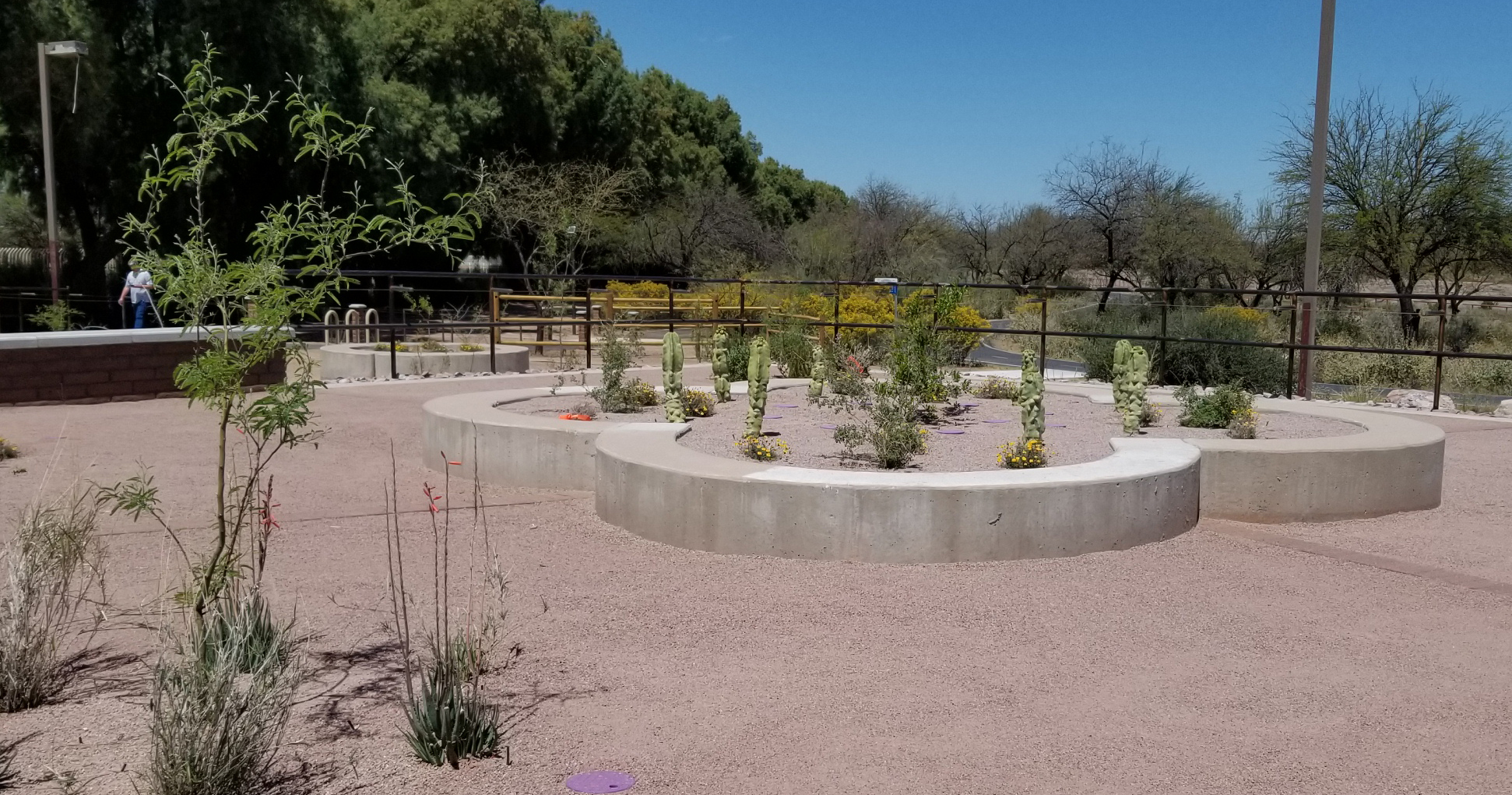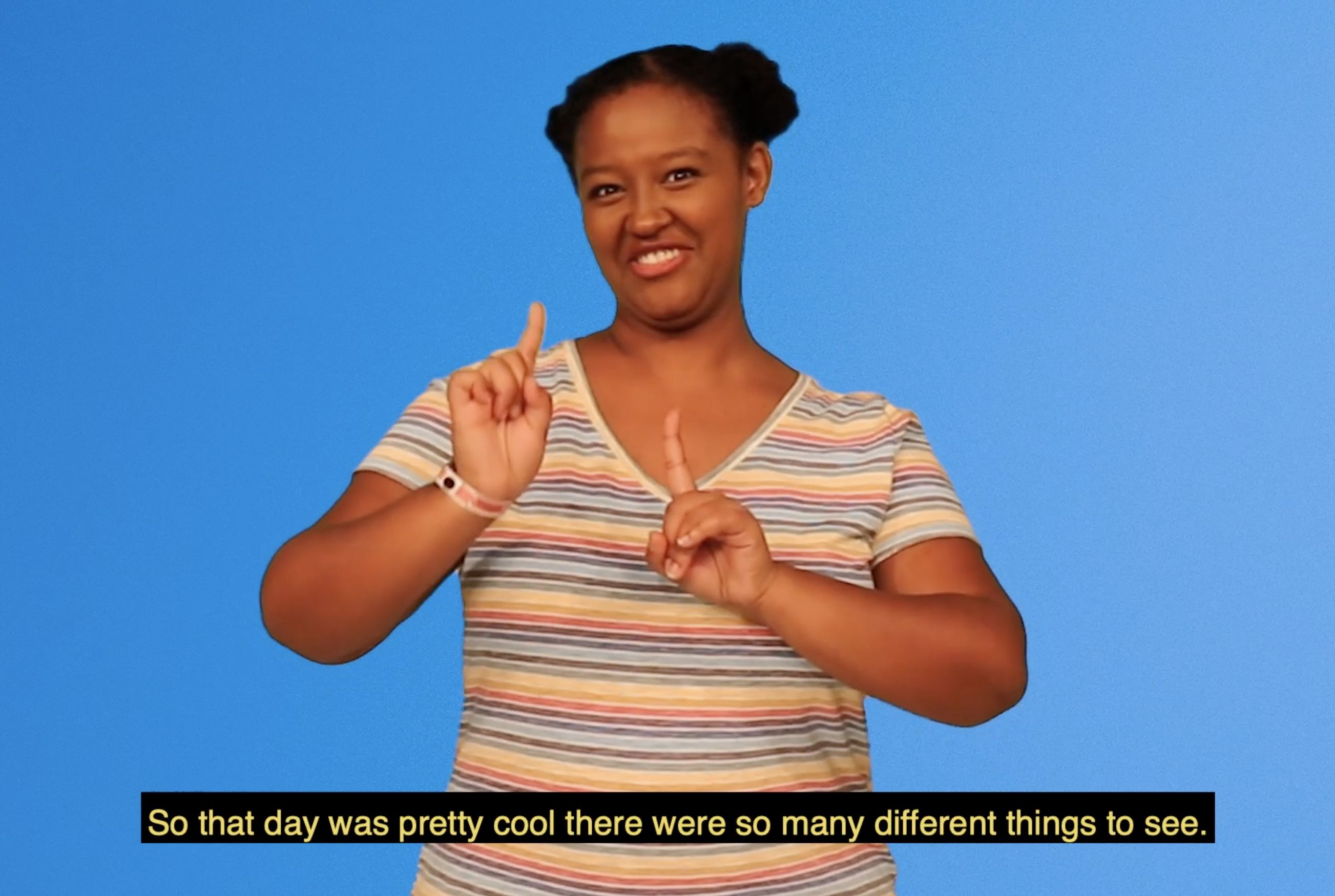
Juan Bautista de Anza National Historic Trail captures the leadership and independent spirit of Captain Anza, who led over 300 people to freedom.

Those who traverse the Juan Bautista de Anza National Historic Trail walk in the footsteps of early European explorers and honor the rich histories of the Western frontier’s native cultures. We believe everyone should have that opportunity.
In 1776, Spanish Captain Juan Bautista de Anza led nearly 300 settlers 1,200 miles from Arizona to Alta California, where they established the first non-Native settlement at San Francisco Bay. Exploration of the trail reveals the stories of these Spanish settlers, as well as the cultures of the tribal communities that originally inhabited the area, including the Quechan, Ohlone, O'odham, Tongva, and many more.

The National Park Foundation and partners support the creation of a more physically accessible section of the Anza Trail near these historic and cultural sites. A three-mile section of the trail located along the Santa Cruz River in Southern Arizona has been transformed into an accessible exhibit with hands-on, interactive elements that tell the history of the Historic Anza Expedition. Once fully complete, an area that was once mostly concrete will become an interactive outdoor space with a tactile archway entrance, musical and artistic elements, new seating, an outdoor classroom, and more.
This new exhibit is located next to the Arizona School for the Deaf and Blind and will welcome its students, teachers, and all visitors of varying abilities in sight, mobility, or language to enjoy the tactile signage and innovative informational displays. A wayfinding cable will help users with visual disability and impaired mobility traverse the site more easily and use interactive tools to learn about the Anza story and present-day community. Once visitors reach the end of the exhibit, they will enjoy the shade of a new seating area and outdoor classroom that has a safe space for activities and demonstrations.

Each year, the Arizona School for the Deaf and Blind celebrates "White Cane Day," a holiday commemorated by the National Federation of the Blind to honor advancements in tools that enable members of the blind community to live full and independent lives. During 2019’s White Cane Day Festival, 150 students and teachers tested out the new exhibit at Juan Bautista de Anza National Historic Trail. The accessible section of the Anza trail is meant to be a space designed by, and for the community. The feedback provided will be used to further inform the exhibit while input from the larger Pima County Arts community, consisting of a diversity of backgrounds, will be incorporated into development of the artistic elements.
This project, and many others like it, are made possible through grants from the National Park Foundation. Donate today to help future adventurers set out on their own park trips.